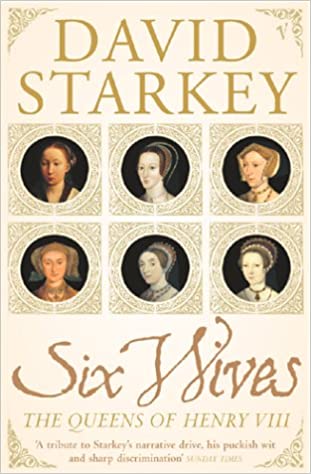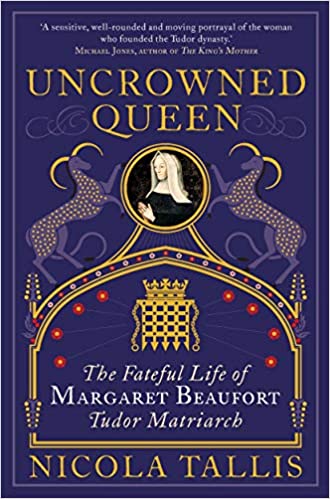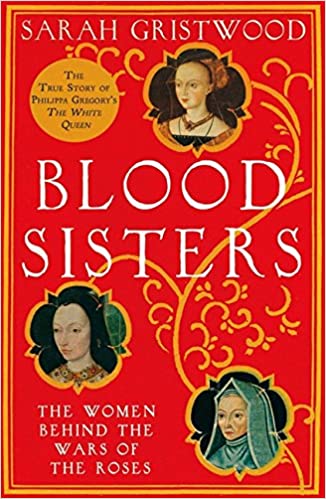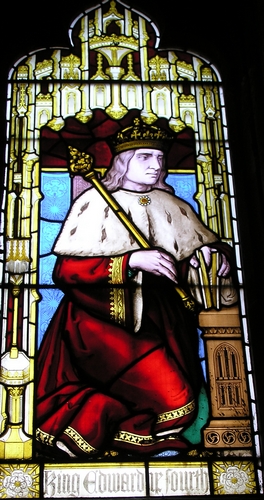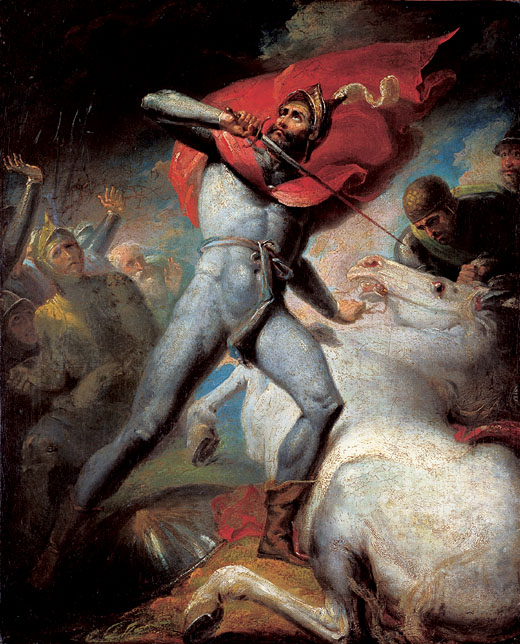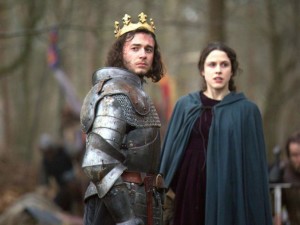The Queen’s announcement that the Duke and Duchess of Sussex
will cease using the style His/Her Royal Highness has taken many by surprise.
Recently, the folks at CNN have published a piece stating that while the couple will not use the style, the Queen has not formally revoked it.
This is true. However,
the rest of the piece shows how little the history and the use of the style is
understood. Because the article contains
errors which seem to be widespread, I wanted to take a moment to correct the
inaccuracies in the piece.
This blog post is not intended as a criticism of the
journalist or the people who have been sharing the piece on social media. Royal titles are complicated and opaque. Rules have not been followed consistently
throughout history. They largely emerge
from established custom and have not been logically or systematically
developed. I have been studying them for
many years and thought it might be helpful to clear a few things up.
CNN claim: it’s entirely unprecedented for a monarch to
ask her own grandchild to drop their title
This is probably technically true. However, it is not unprecedented for royal
grandchildren to stop using them.
When Princess Patricia of Connaught – granddaughter of Queen
Victoria – married in 1919 she stated her wish to relinquish the style of Royal
Highness and the title of Princess of Great Britain and Ireland. Her cousin, George V, issued a Royal Warrant
relieving her of the title and allowing her to be styled as Lady Patricia
Ramsay with precedence before Marchionesses.
CNN claim: since the early 18th century it’s been
customary for the title to be issued to sons and grandsons (and later,
daughters and granddaughters) of the monarch.
It is certainly true that prior to the mid-1800s the use of
the style was used inconsistently.
However, I cannot find any evidence that it was given to male
descendants prior to their female counterparts.
It’s probably worth pausing here to quickly review the history
of ‘Royal Highness.’ The best work on
this is an academic study by Ann Lyon, but you have to pay to get it. Hopefully, my more workman-like run through will
suffice.
- From the late 1600s until 1714 the style of ‘Royal Highness’ was used sporadically but inconsistently for senior Royals. There doesn’t seem to be any detectable pattern or method behind its use.
- With the Hanoverian succession of 1714, the Germanic practice of children and other male-line descendants of the King being called ‘Princes’ and ‘Princesses’ was cemented. Generally, children of the King were styled as ‘Royal Highness’ although at times this was interchangeable with ‘Highness’.
- By the time Queen Victoria came to the throne, it was fully accepted that children of the sovereign were styled ‘Royal Highness’. However, male-line grandchildren were styled ‘Royal Highness’ and ‘Highness’ interchangeably.
- As Queen Victoria’s family started to expand, people decided to actually sit down and think about the use of Royal style. In 1864, the Queen issued letters patent clarifying that all children and male-line grandchildren of the sovereign were styled ‘Royal Highness’ with the titular dignity of Prince or Princess prefixing their Christian name or other titles. These letters patent heavily imply that all other male-line descendants of a sovereign are styled as ‘Highness.’
- When foreign Princes who were due to marry one of Queen Victoria’s daughters and reside in the UK, the Queen granted them the style of ‘Royal Highness’ if they did not already posses it. It was also granted to her own husband, Prince Albert.
- As a result of the ambiguity around the style of latter generations, George V had to deal with a number of requests from male-line great and great-great grandsons of British princes – now living overseas – who wanted to be clear on what their British style was. Individual letters patent were issued to clarify that they were Princes of Great Britain and Ireland with the style of ‘Highness’.
- Perhaps fed up with these requests, at around about the same time as he changed the name of the Royal House to Windsor, George V issued further letters patent to further clarify the Royal style. The use of Royal Highness was extended slightly to cover the eldest son of the eldest son of the Prince of Wales and the style of ‘Highness’ was effectively discontinued. This meant that male-line descendants of a sovereign would cease to use the title Prince / Princess after two generations.
- Ahead of the birth of Prince George, the Queen further extended the style of ‘Royal Highness’ and the title of Prince/Princess to all children of the eldest son of the Prince of Wales.
CNN: HRH is bestowed upon royal members at the discretion
of the monarch at the time, but was used liberally until World War I.
This is not true. As
we have seen from the above, Queen Victoria clarified the use of HRH in 1864
and it was clearly restricted to two generations.
CNN claim: in 1917, George V restricted how many minor
royals were getting the title – at a time when there was public suspicion about
the German origins of the House of Windsor, speedily renamed that year from the
House of Saxe-Coburg and Gotha.
Not true. As we have
seen, George V slightly expanded the use of the HRH style. He did, however, heavily curtain the use of
the Prince / Princess title and all but eliminated the style of ‘Highness’.
CNN claim: Queen Elizabeth II has loosened those
guidelines, giving HRH status to a number of senior royals.
Not really. The only
extension she has made was to ensure the style went to all children of the
eldest son of the Prince of Wales. Without
these changes, only George would have been an HRH. The younger two would currently be known as
Lady Charlotte Mountbatten-Windsor and Lord Louis Mountbatten-Windsor. However, they would have obtained HRH upon Charles’s
succession.
CNN claim: They’ve agreed to be known as Harry, Duke of
Sussex and Meghan, Duchess of Sussex.
Have they? I’ve seen
this a lot on social media, but I can’t find any evidence for it.
If one is the holder of a peerage than using first names with
titles is highly irregular. There are plenty
of Dukes who are not Royal. For example,
the Duke and Duchess of Devonshire are known as just that. Not Peregrine, Duke of Devonshire and Amanda,
Duchess of Devonshire.
In reality, when involved in commercial work, I suspect that the couple will do what most peers do and use their title as a surname. So, if the Duchess stars in a film, she will probably be credited as ‘Meghan Sussex.’ In the same way, the current Earl of Snowdon trades as ‘David Linley’, because prior to his father’s death his title was Viscount Linley.
The truth is, we’re not clear on how this is going to work yet. I assume – although may be wrong – that when
they do come to big Royal events, such as Charles’s coronation, they will still
use HRH.
CNN claim: today, children and grandchildren of the
monarch traditionally get the HRH title – though it was historically withheld
from granddaughters
As explored above, I cannot find any evidence for this. If anyone knows where this has come from, or
if I have missed anything, please let me know.
CNN claim: Not everyone has accepted the offer of an HRH. Princess Anne, the Queen’s daughter, declined the title for her own children, Peter and Zara. That’s in contrast to Prince Andrew, who allowed his daughters, Beatrice and Eugenie, to carry it.
This is commonly stated but is not true. Anne’s children were never entitled to
HRH. As you’ll see from above the title
goes to children and male-line grandchildren of a sovereign. This follows the usual pattern that a child
takes their style from their father unless their mother has a hereditary title.
The only way that it could be argued that Anne ‘chose’ for
her children to be untitled is that it is almost certain that her first husband
– Mark Philips – was offered an Earldom upon marriage. Had he accepted it, then Peter would be known
as Viscount Something (Earls typically have two titles and the eldest son is
known by the lesser in his father’s lifetime) and his sister as Lady Zara
Tindall.
CNN claim: Kate and Megan were both were awarded the HRH
title by the Queen after they married Princes William and Harry, respectively.
But those who marry royals who aren’t as high in the line of succession may
miss out. Jack Brooksbank, for instance, did not get the title when he married Eugenie,
even though she is an HRH.
This is a total misunderstanding. Under British common law, a woman becomes the
feminine of everything her husband is.
So whoever HRH Prince Michael of Kent marries becomes HRH Princess Michael
of Kent.
However, women cannot communicate precedence, title or
styles to their husbands, hence why Eugenie’s husband is untitled. It has nothing to do with their place in the
succession.
Hope this helps clears a few things up!
